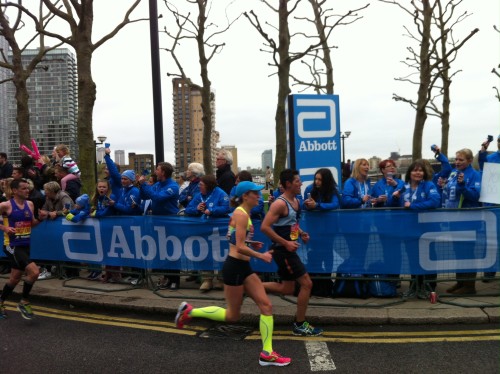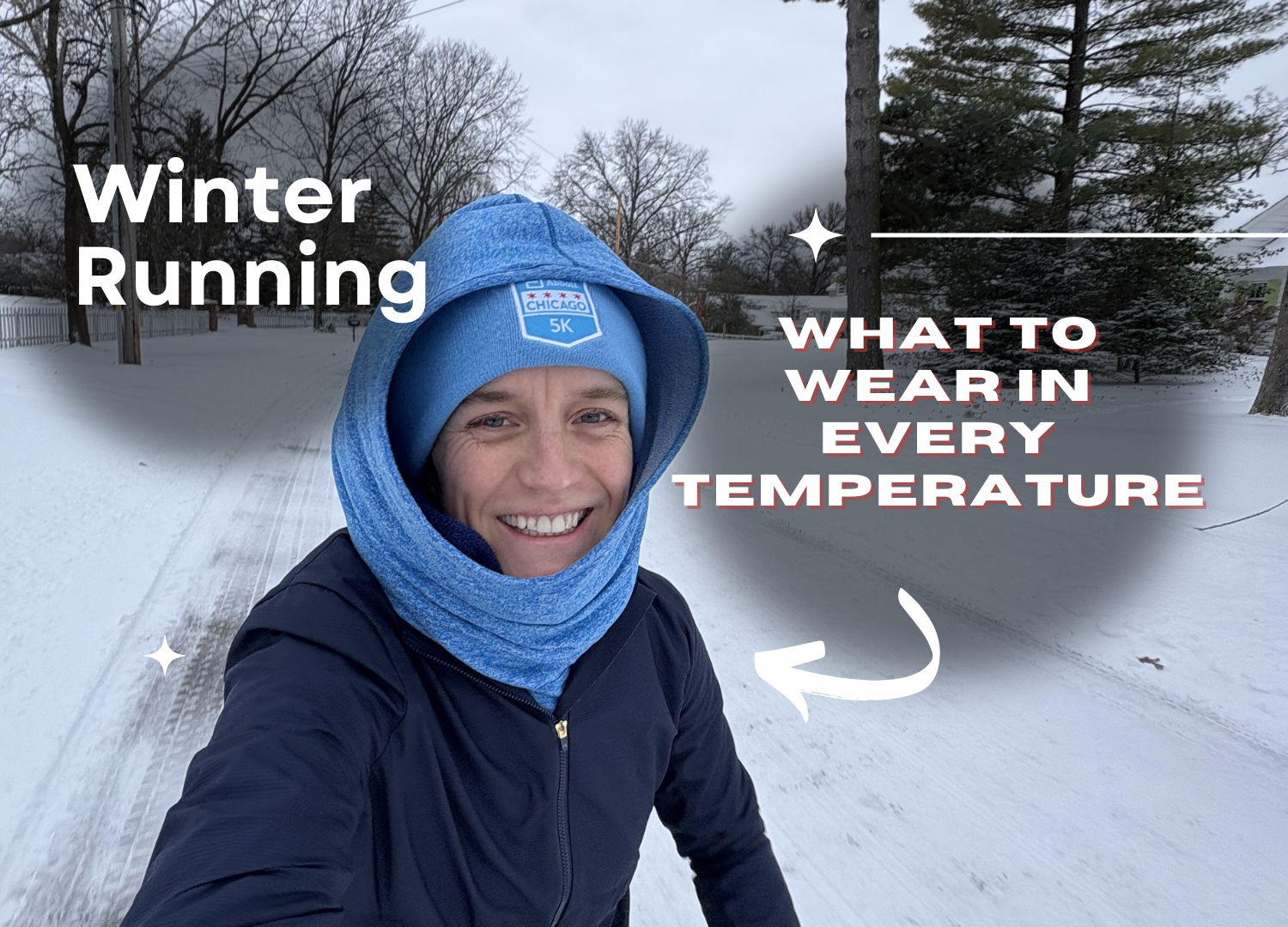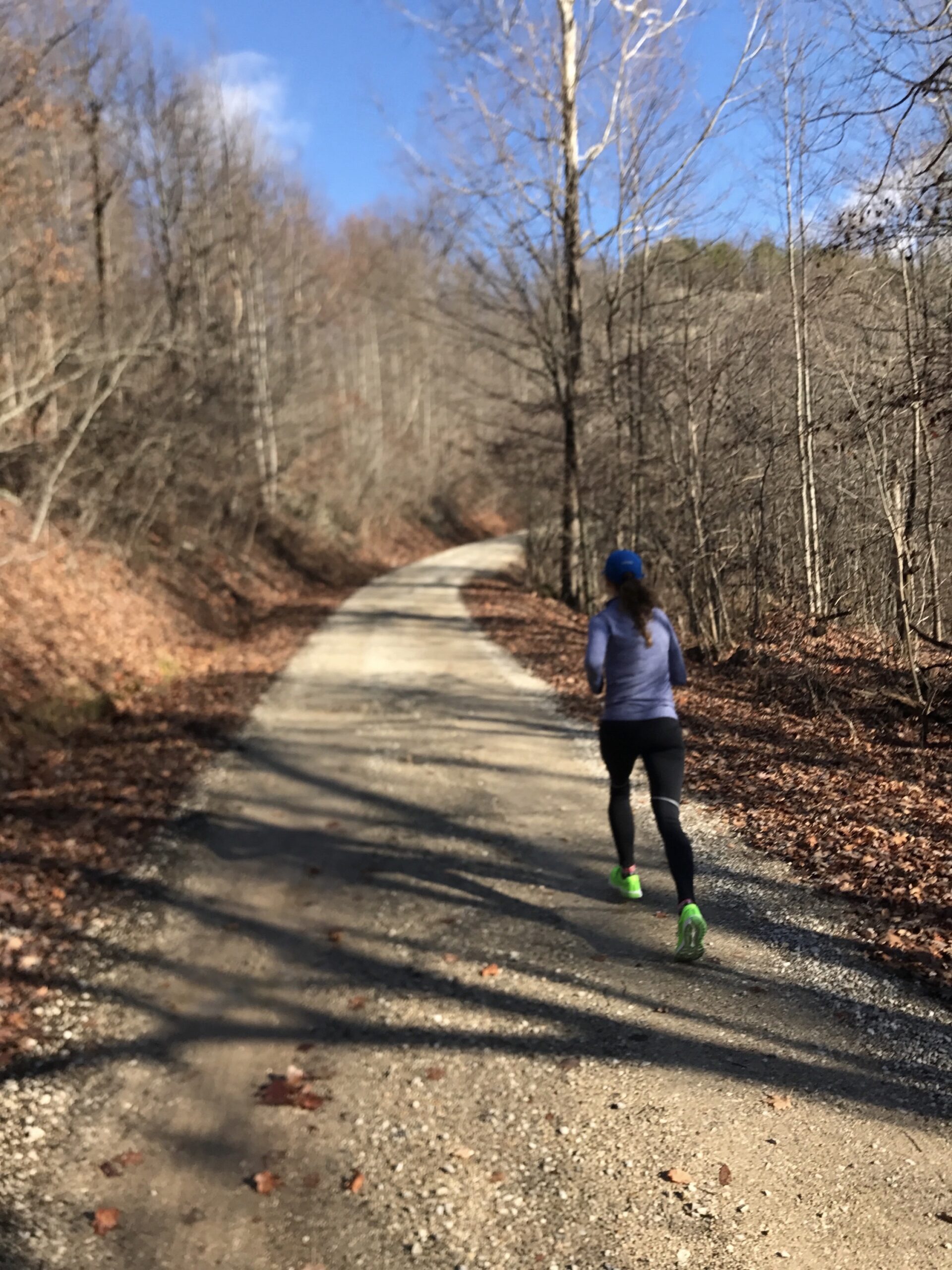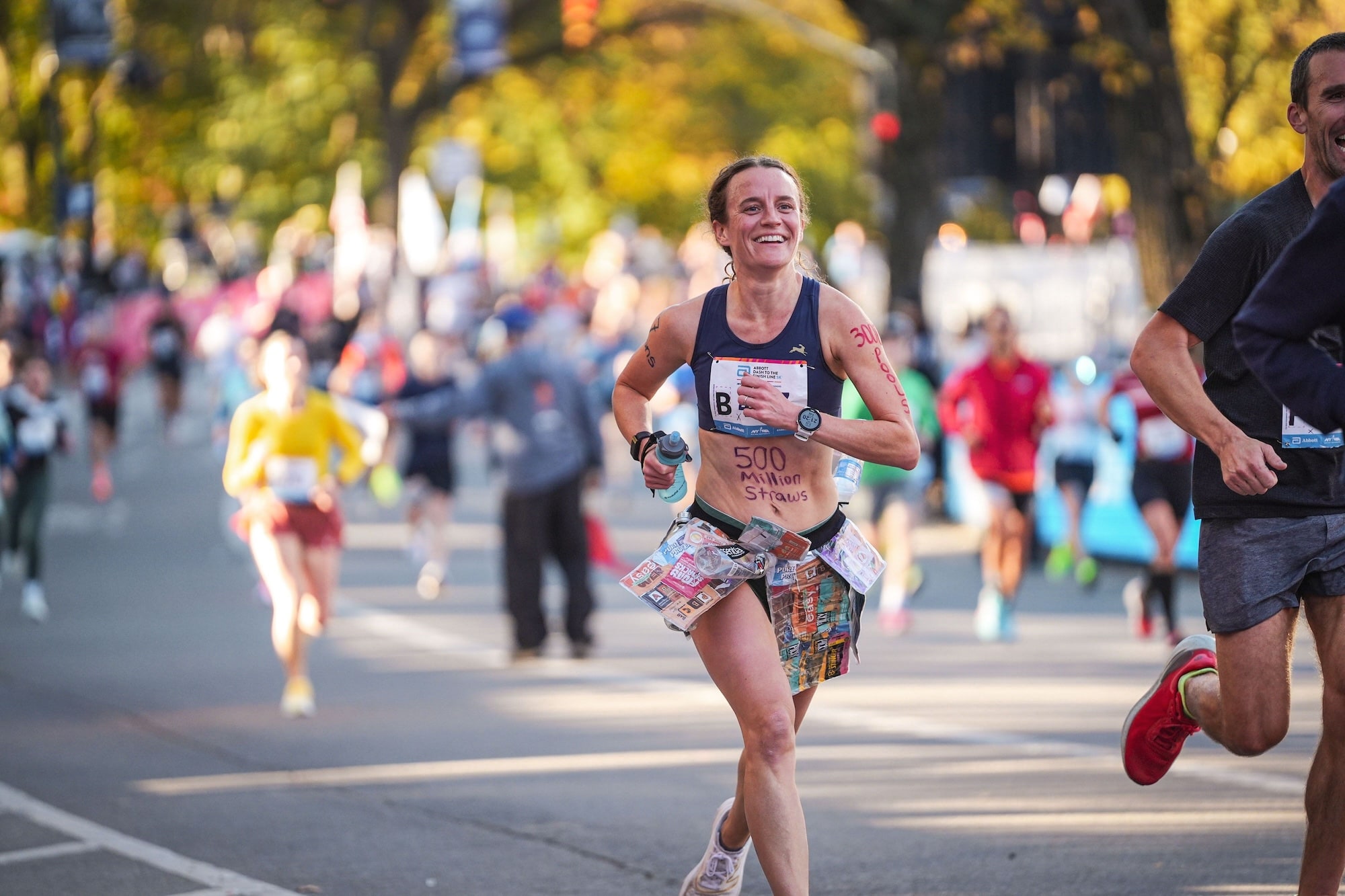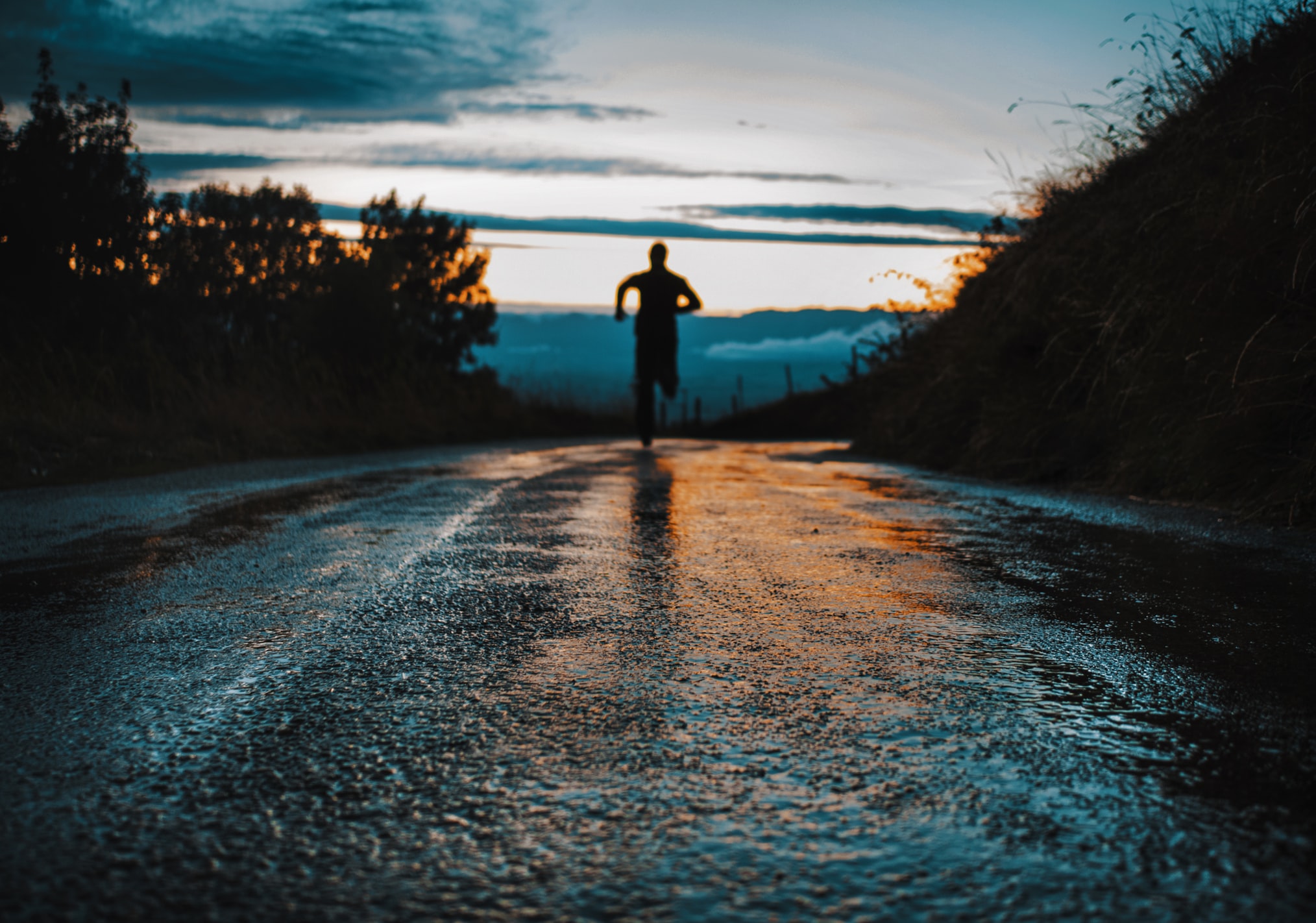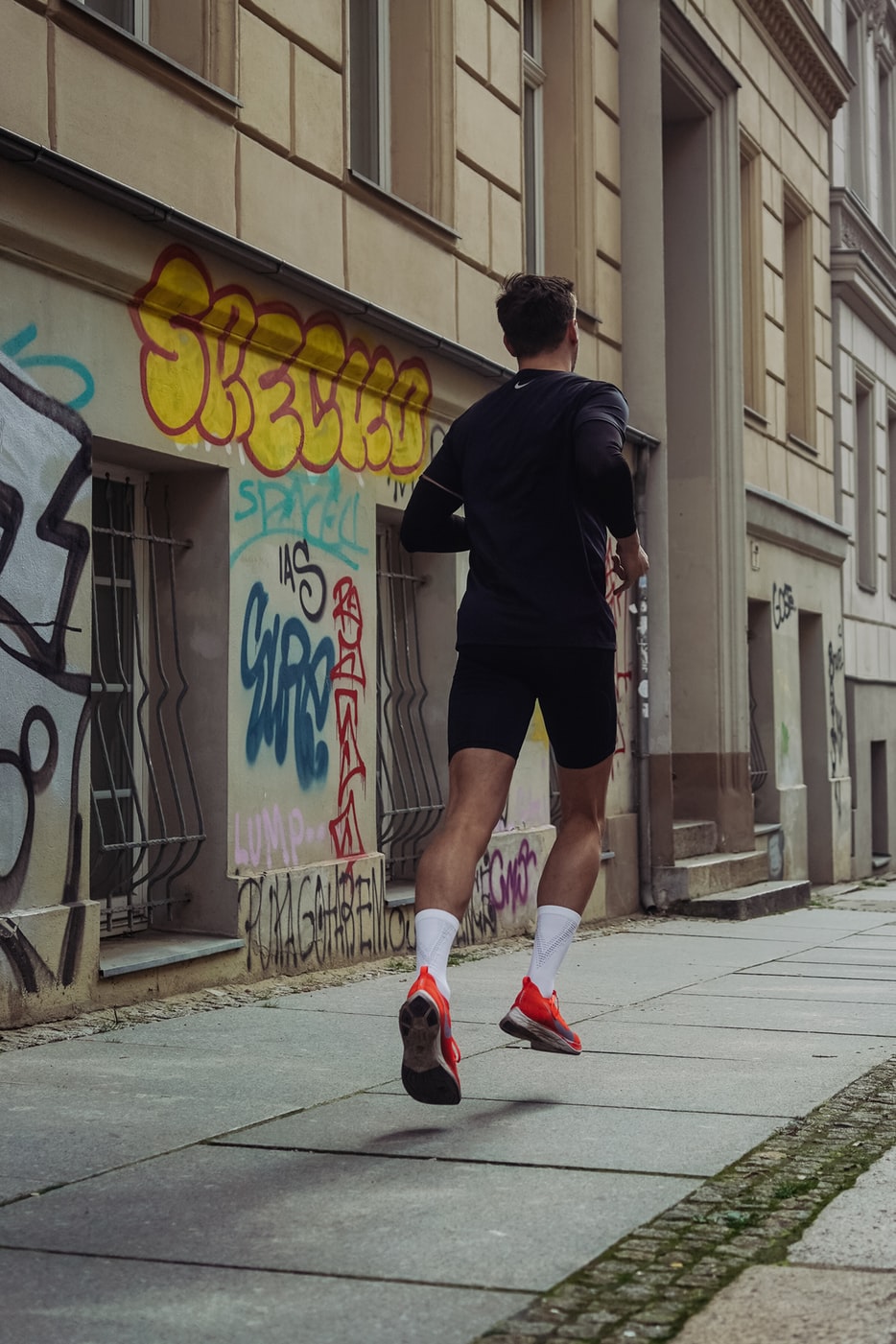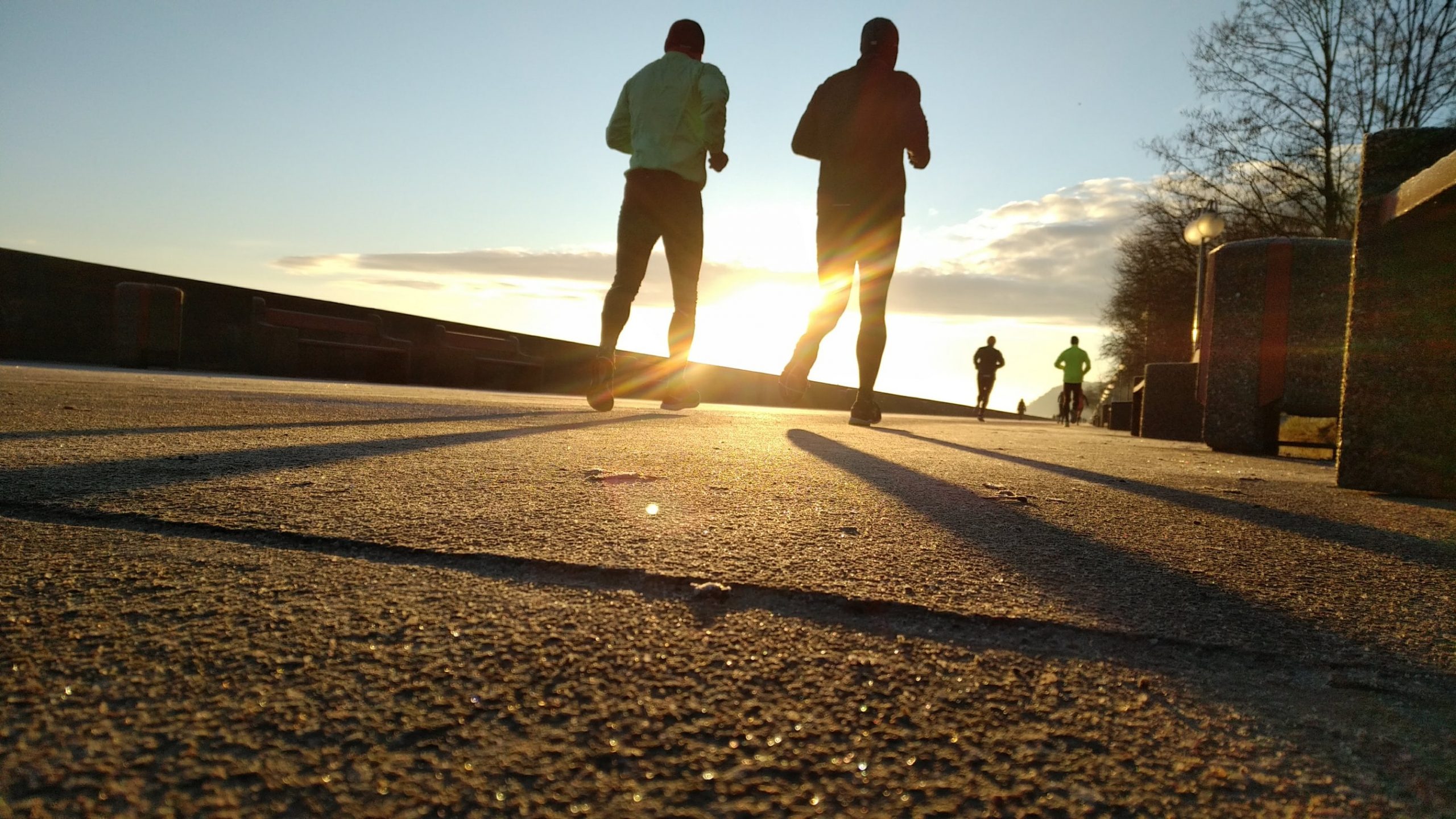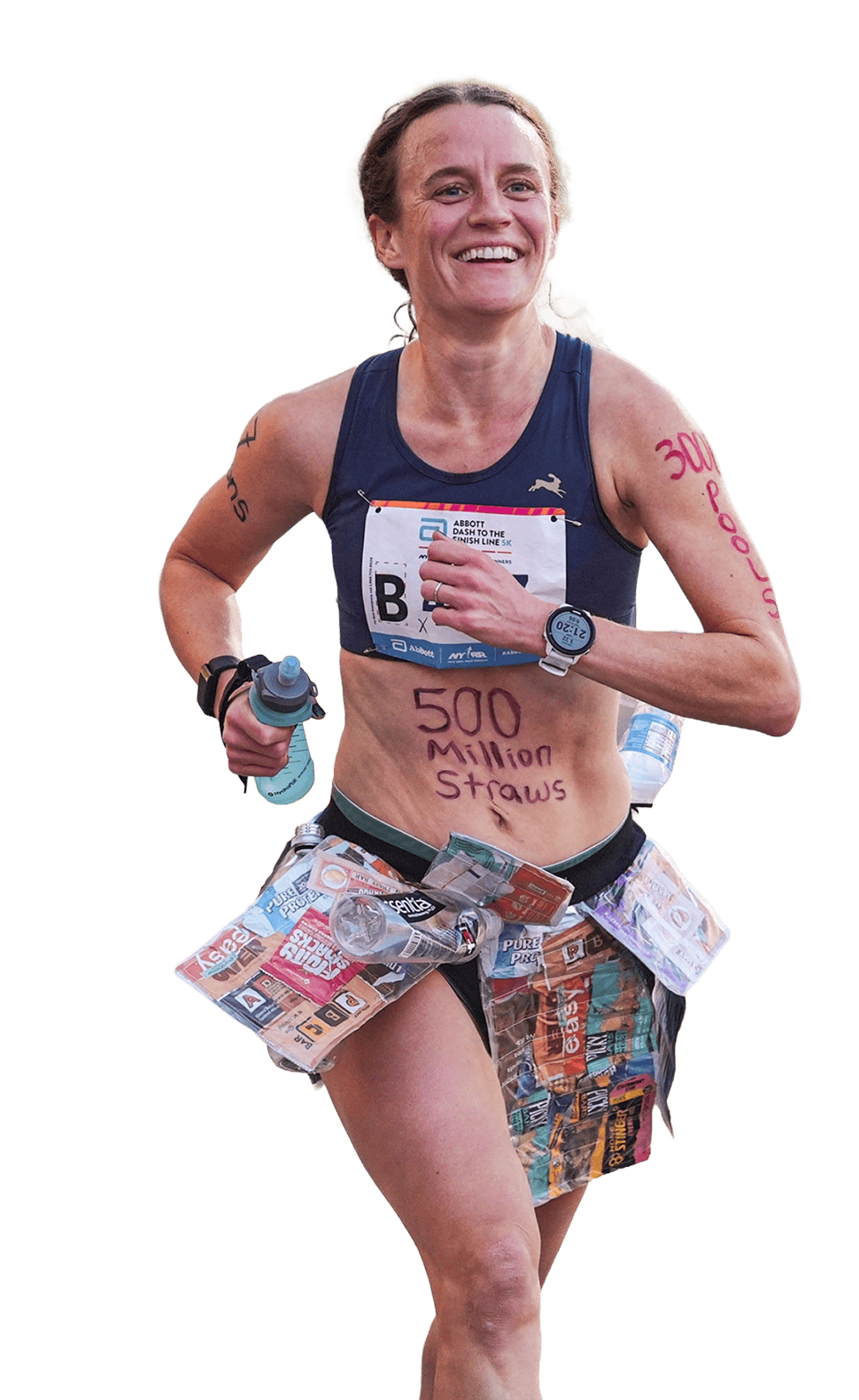So you have a race picked out. You are excited about it, and even though it seems like it is a long time away, you know how quickly time zooms by, and before you know it, it will be here.
We know that we need to practice fueling, especially if it is a race longer than a half marathon, and I wrote about my fueling strategies for the marathon awhile back.
But this post is not about fueling, well, that is not the sole focus. I think we should consider all the reasons your big races website should be your new best friend, if you want to get the most out of your training to race to your best.
Although I am explaining this through a marathon example, the principles are the same for a 5k, 10k, or even ultra.
So what do we need to look at.
Lets say you are racing Boston marathon.
Your race guide website would be the Boston marathon website, but I would definitely recommend checking out Runners Connect Boston marathon guide as it is PACKED with information AND the video at the top is pretty motivating….kinda makes me wish I was running!
Anyway, so you go onto the website of your race, and today I am going to show you where to look, and what to look for.
What to Prepare for as You Train for Your Race
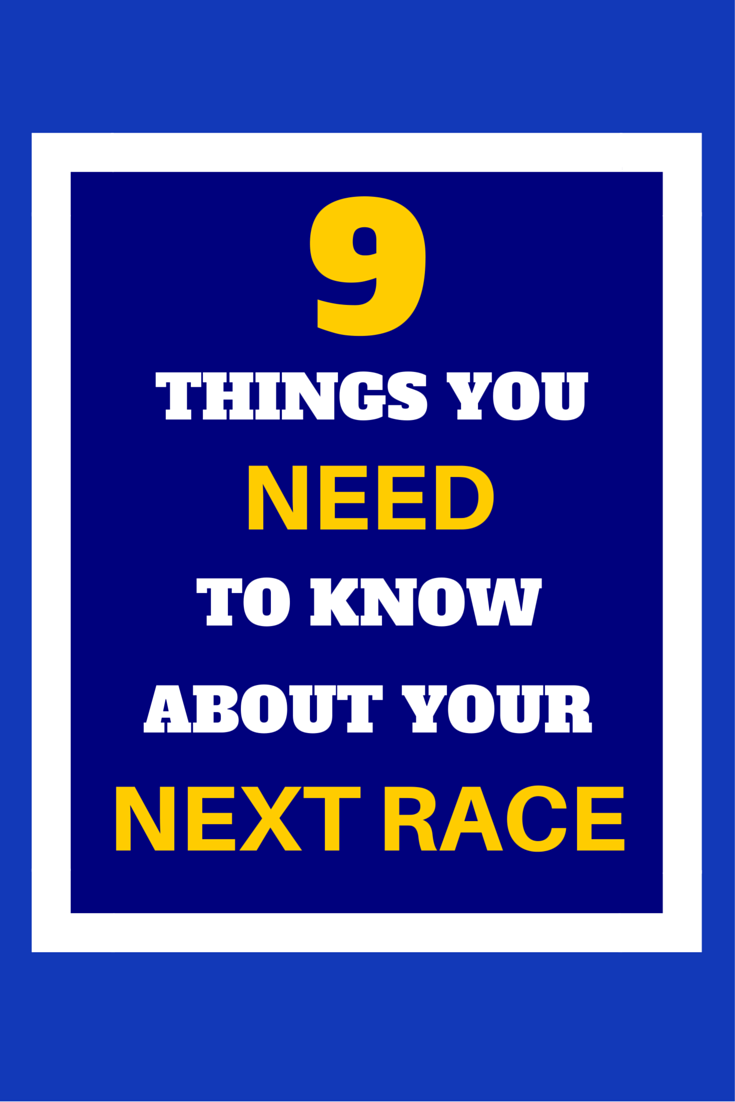
Elevation changes of the course
Looking at Boston marathon:
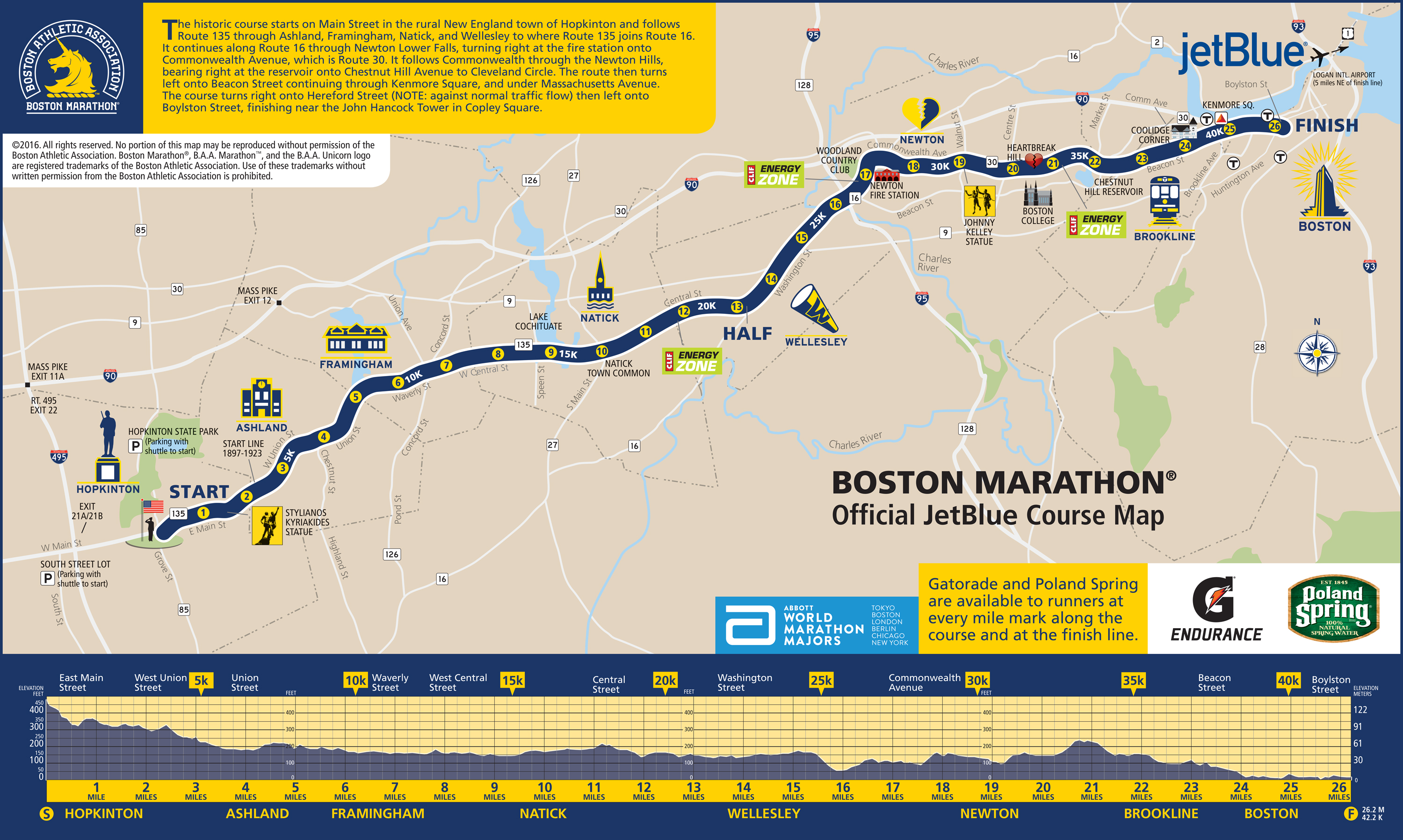
Through the event information link, you see the course map, and it shows you (if you did not already know) that it is a hilly race, that there are a lot of downhills the first 5 miles.
How does this help me?
Downhills involve eccentric loading on your quads, which means that those first 5 miles are going to damage your quads in a different way to running on flat ground or uphill.
Incorporate downhills into your training. Runners Connect actually has some fantastic articles on this, including this one from Matt Fitzgerald.
Turns
Boston is one of few point to point races, which means you are pretty much running in one direction the entire time. This course does not show many turns, especially no sharp 180 degree turns, which is fantastic.
This is rare, most races will have lots of turns, which can easily mess up your rhythm in a race.
How does this help me?
If your race map does have a lot of turns, or it does have lots of loops, you need to get used to turning and getting back into your rhythm in practice.
There is no use….okay, so that’s not true, of course there is use, but you will struggle with those turnarounds on race day so much more if you are doing all your workouts on a straight, rail trail rather than preparing with some twisty, turny workout courses.
Add in some turns during your workouts, maybe 180 degree turnarounds so you know how it feels to almost come to a complete stop, and then have to get back into your rhythm. Those turns also make us feel bad for a few minutes, but this way you can remind yourself that you will get back into your rhythm soon.
Tangents
This is one I struggle with actually.
I used to revolt against this, thinking it was just obsessive behavior, but when you stop and think about it, especially in a longer race, those tiny little 0.01 differences over the course of 26.2 miles can add up to a mile to your race. That’s 5-10 minutes of extra running!
Think about it this way. If you were standing in the corner of a room, and your loved one was standing in the opposite corner of the room. If you wanted to run to them as quickly as you can, how would you get there? By running straight across the room, right? Crossing the diagonal. You would not follow the wall to the corner to your right, take a 90 degree turn, and then go forward along the other wall?
Not only does that add distance to your journey, but it takes time to slow down to turn, rather than just going straight.
Tangents are the same idea.
By looking at your course map, you can study (or even go to the course to practice if possible), where those corners are that you could run diagonal, rather than turning a corner at the widest point.
I understand that many runners are in a crowd, and this is not possible all the time, do not become obsessed with it, pushing people out of the way to get to the diagonal, but if you are aware of it, you can gradually start moving towards the diagonal, to reduce the loss of momentum as you turn the corner.
How does this help me?
Practice this in your training, along your workout and long run courses, become aware of the tangents, and take them while you run. I tend to be someone who hugs the edge of the path, following it wherever it goes, but in training you can learn to pull yourself away from that, staying in the middle as much as possible…..although obviously this is not a good idea when running on a road……but you know that…..right? 😉
Tangent line
Speaking of tangents, some of the bigger marathons will have a tangent line on the course. I know last year when I raced the London marathon there was one, and it was really helpful to know what was coming.
How does this help me?
Search “x marathon tangent line” on google to see if there is a discussion anywhere about it. There is probably something on the race website about it, but that can be difficult to find, so I would recommend bypassing it, and just looking at forums.
Friends and family location
Your loved ones want you to succeed, and the chances are, they will stand in whatever location you think would be most helpful.
Look at the course map, and see which areas would be best based on where you tend to struggle in race, BUT keep in mind that you probably want them to stay away from the busy areas as you will be unlikely to see them.
For example, at London marathon awhile ago, I KNEW Tower Bridge would be absolutely PACKED, therefore as much as that would have been nice to see them there, I would not hear them, and it would divert my attention away from the race as I would use my energy scanning the crowd looking for them.
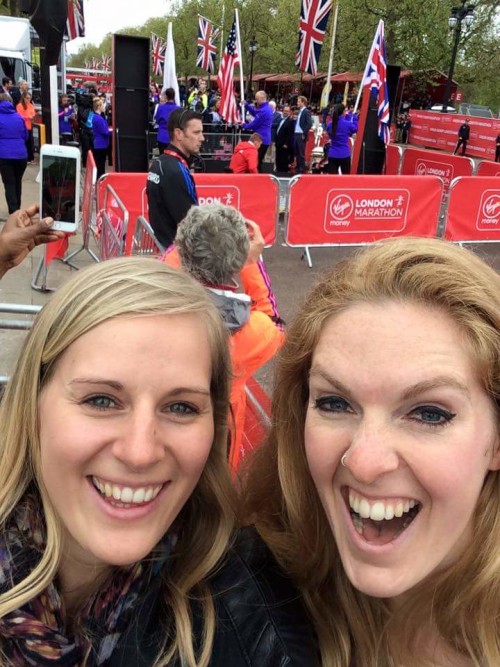
The London Marathon course map is very detailed to help friends and family know exactly where to go.
How does this help me?
Look for locations along the course that are likely to be quiet (away from landmarks and the start/finish line), and ask your family to stand there. That way it will give you a boost, and those quiet areas are usually when the mental demons start to jump out (read my mental demons post on WR), but if you have them there, they can keep you positive and moving forward.
Get your fueling practice in
If you are racing any kind of well put together race, on the course map there will be fueling stations where the title fuel sponsor will be.
Let’s use Grandma’s marathon this time. Unfortunately, this map is a PDF, so I cannot share it here, but it is easy to find.
You can see on the map that Powerade and Cliff are sponsoring the race, and it tells you exactly where those fueling stations will be.
How does this help me?
Firstly, unless you plan on carrying your own fuel, this will help you as you can figure out which aid stations you want to take fuel. Then you can practice WITH that brand of fuel during your long runs and workouts.
Bonus tip:
Once you have figured that out, practice taking the fuel at those miles on your long run. For example, I like to take water every 3 miles, and my Powerbar gels at miles 7, 14, and 21, so on a long run, I practice taking water every 3 miles, and guess which miles I will take a gel?….and yes, I realize that means for almost all my long runs I do not get that third one!
Visualizing points along the course
By now, I am sure you know (if you have raced one, or even if not, you have heard) that marathons have ups and downs. There are parts where you feel great, and parts where you literally are trying not to step off the course you feel so bad. If you do not think I ever went through that, make sure you read my Philly marathon race recap!
If you look at your course map, and see certain points along the course that will stand out to you. Maybe a monument, or a part of the course that you know is going to be really tough (heartbreak hill anyone?).
How does this help me?
Take a few minutes to sit quietly and visualize those parts of the race. See yourself hurting, thinking that this is tough, but then see yourself overcoming that tough part. Think about powering up the hill pumping your arms, getting to the top and feeling proud, thinking to yourself that you made it, and it actually wasnt as bad as you thought it would be. The more details the better, but see yourself succeeding and continuing on feeling confident as you made it through.
The more you are able to do this, the better. It will make it less scary on race day, and your mind won’t be able to tell the difference when it comes. It will know that you have already made it through, and you are just doing it again.
Past years photos/course tour
Many races now will have a course tour on their website. It is a speeded up video clip of someone driving the course. It allows you to see the course as you would see it running….just maybe a little faster than we will be traveling 🙂
If the race does not have a course tour, it will probably have photos of last years race.
How does this help me?
Both of these will give you a better feel for what is coming. Not only will it help you to get excited about the race (especially looking at the previous race photos), but it will show you the scenery, the landmarks you will go by. This will help you with your visualization, and will just show you that this is going to be a journey in itself.
Of course there are probably another 10 reasons you should go to the race website, and I would actually recommend spending some more time on your race website, but these are the major ones I use, and hopefully it can help you too!
How many of the 9 do you use before a race?

